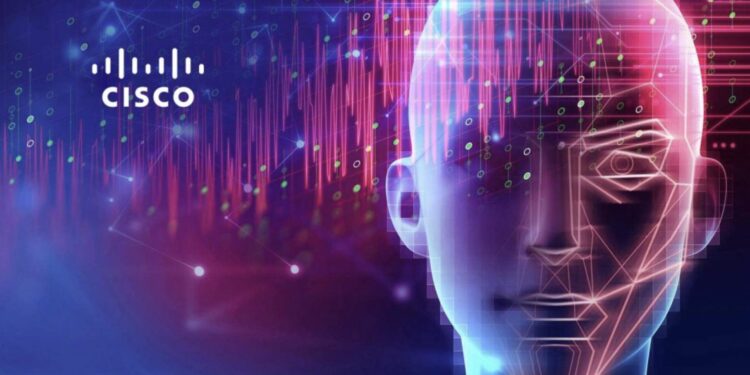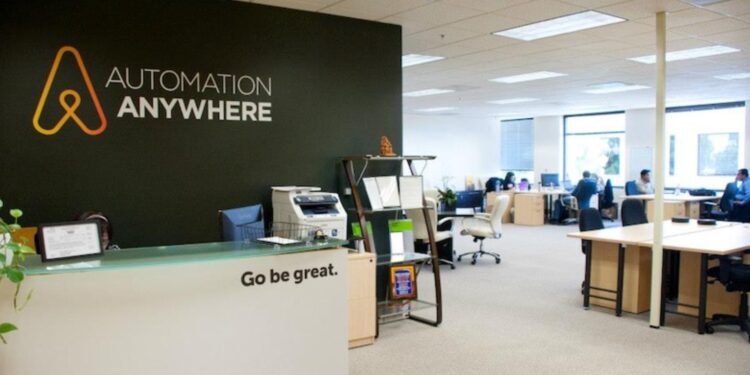The Situation Cisco Systems, worldwide leader in networking and security, is at a crossroads in the midst of an organization-wide infrastructure overhaul, wrestling with the disruptive effects of AI.
For many including myself, top of the mind of mind is: will AI be a massive opportunity transforming Cisco into a company that can rekindle network innovation or be an obstacle that will stand in the way, even if it just exacerbates today’s struggles?
Recent Cisco research highlights the importance, with 97% of IT leaders rating ‘modernising the network’ as pivotal so they can implement AI, reinforce IoT and leverage the cloud. What’s more, 91% will ramp up their networking budgets, which shows real appreciation for the necessary underpinnings for the AI revolution.
But one sobering fact: Just 14% of the business leaders polled believe they have reached the point of being “AI-ready.” It’s a huge, and primary Cisco market, but it’s also a challenge.
Cisco’s approach is to bake AI into its everything — meetings, networks, and observability (just what can you see, anyway?) and security. It is also creating AI-ready infrastructure, such as its Nexus 9000 series switches and the new UCS C845A M8 server that can accommodate heavy AI/ML workloads.
The AI Infrastructure Partnership (AIP), which we’ve formed with leading companies such as BlackRock, Microsoft, and NVIDIA serves as an example of partnerships that will help expedite investment in scalable AI data centers. Cisco is also working with groups like Saudi Arabia’s HUMAIN and the UAE’s G42 to build AI in the ground up with an emphasis on security by design and open platforms.
But the road is not an easy one. As AI continues to advance at a rapid pace, the need to move quickly and adapt is only increasing as competition gathers not only from the big guys, but also from nimble startups.
hat’s more, the move to cloud-based offerings could also undermine traditional on-premises hardware, which had been a legacy bastion for Cisco. “Apprehension is evident among CEOs about outmoded infrastructure constraining growth, 74% of whom expressed this concern.
The schizophrenia of AI is clear. It promises automation to improve efficiency, proactive management of network problems, better decision-making via real-time analytics, and better protection from a changing cyberthreat landscape.
That’s because AI-driven networks can self-heal, traffic can be optimized, and performance can be guaranteed from end to end, which lowers manual work and lessens downtime.
On the other hand, the enormous complexity and expense of creating and maintaining AI infrastructure, along with a lack of talent, could be substantial barriers. The difficulty is bridging the gap from AI hype to real, scalable and secure solutions that address a diverse customer market.
How Cisco succeeds or fails in this mega infrastructure shift is largely about how well it maximizes the enabling potential of AI and not let the same turn into a “tide” it cannot control.
The company’s emphasis on bringing networking, compute, security and observability together, along with its drive towards strategic partnerships and digital upskilling, hints at a sense of preparedness to face this transformative era. Whether Cisco can truly unlock AI will remain to be seen, and if it does, the company? leadership of the AI-powered future is cemented.
















